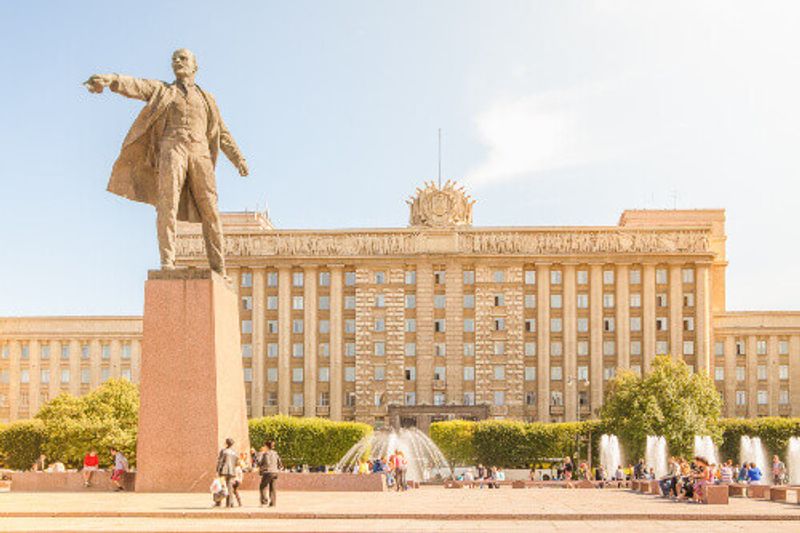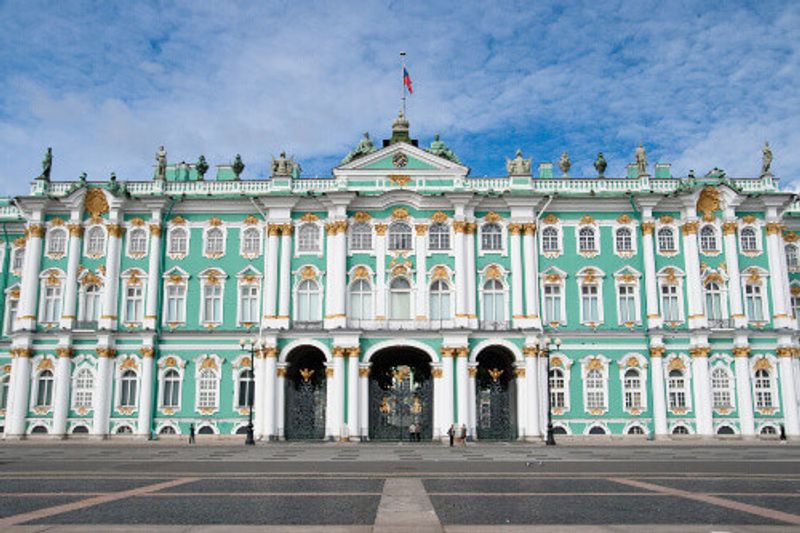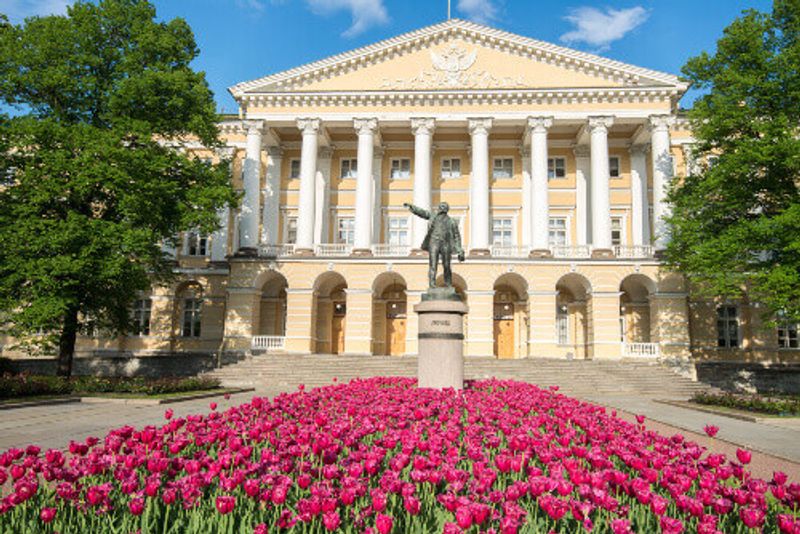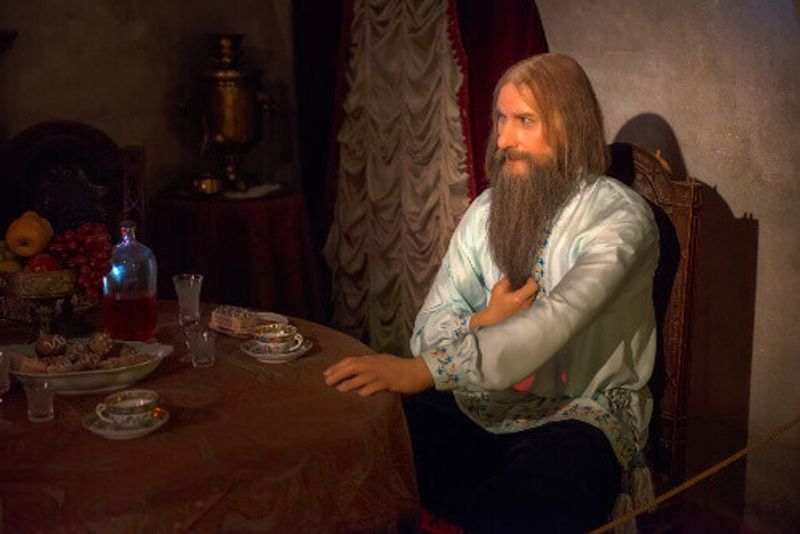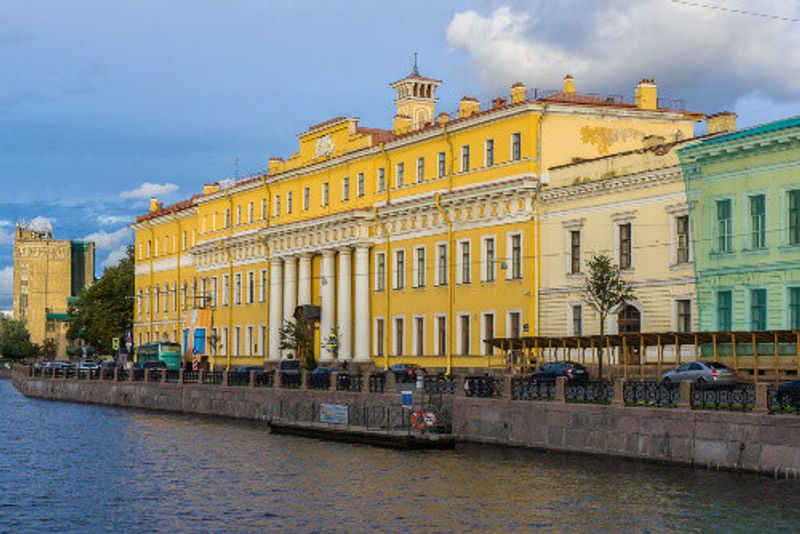These two iconic figures in Russian history helped to shape the future of St. Petersburg, and the country itself
As the seat of the 1917 Russian Revolution, St. Petersburg has seen a lot, and the city itself contains many monuments and historic sites to the revolutionaries who laid the foundation for the Soviet Union. The twin figures of Vladimir Lenin and Rasputin are vital parts of St. Petersburg’s long, complicated history – at for a short time, the city was even renamed Leningrad (literally, Lenin’s City) in honour of its iconic namesake.
When the Bolsheviks took over the city, streets, canals, and buildings were renamed in an attempt to erase its enormous religious and imperial history – for instance, the Ekaterinsky canal, once named for Catherine the Great, was redubbed Canal Gribodeva, and a prominent city square was re-dubbed 'Uprising Square' (Ploschad Vosstaniya) to reflect the new 'people’s regime.'
The Winter Palace
Located along the Neva River, this historic landmark was a pivotal location in the Bolshevik Revolution, when revolutionaries stormed the palace and ousted the Romanov family. It is also the site of the original Hermitage, in which Catherine the Great collected great works of art. In 1920, Lenin led a 'historical reenactment' of the 1917 revolution at the Winter Palace – this was as a mass-produced spectacle that involved the coordinated work of hundreds of dancers, Red Guard troops, students, and actors.
Today, the entire complex is known as the State Hermitage Museum, containing almost three million artefacts that range from prehistoric to modern times. It remains a must-see destination on any Russian itinerary.
Lenin’s legacy
Even today, there are buildings, roads, canals, and relics all over St. Petersburg associated with Lenin, such as the Smolny Institute, which served as a provisional government base, and where Lenin had an office and small flat (you can even peek at his old bedroom). There are still dozens of Lenin statutes all across the city, and countless ornamental busts. However, with the hindsight of history, Lenin is less celebrated as a leader as he was responsible for the bloody 'Red Terror' – violent purgings and assassinations following the Bolshevik coup – that characterised his regime.
But who was Rasputin?
While Lenin was a revolutionary leader and politician, Rasputin held a much more enigmatic role in tsar’s court – he was known as a mystic who held considerable power among the royal family because he tended to Nicholas II’s hemophiliac son. It is impossible to understand the downfall of the Romanovs without mentioning Rasputin. Because of his alleged healing powers, Rasputin became a close friend of the Tsarina, Alexandra, often weighing in on political issues when Nicholas was away during World War 1. Public distrust of this venal, shadowy healer – rumoured to dabble in occult magic – damaged the Romanovs’ imperial image, which, helped the revolutionaries gain credibility.
In 1916, Rasputin was murdered by a group of disgruntled nobles at Yusupov Palace (also called Moika Palace); the men attempted to poison him, but upon seeing the poison had little effect, shot him multiple times, and threw his body off a bridge into the river. Today, the Yusupov Palace has a permanent exhibit dedicated to Rasputin, where visitors can see the site of the murder.
